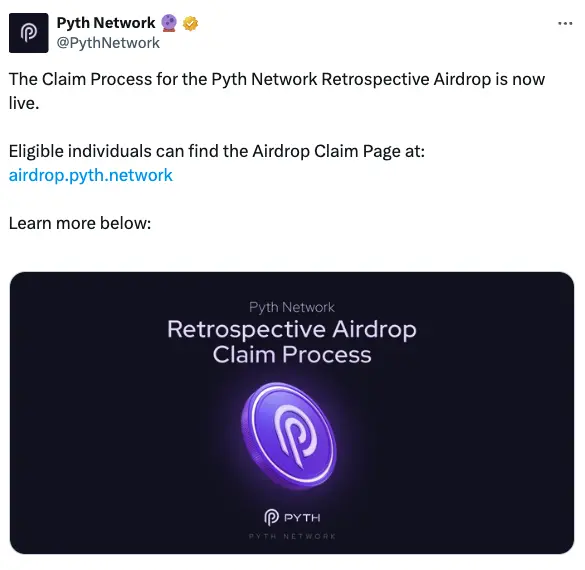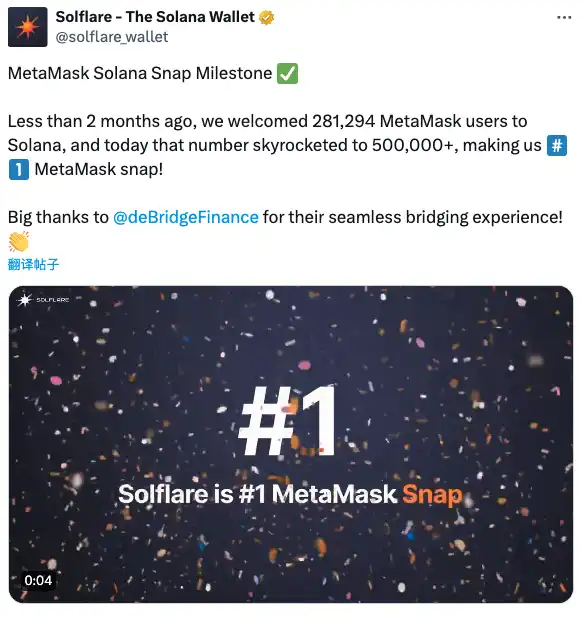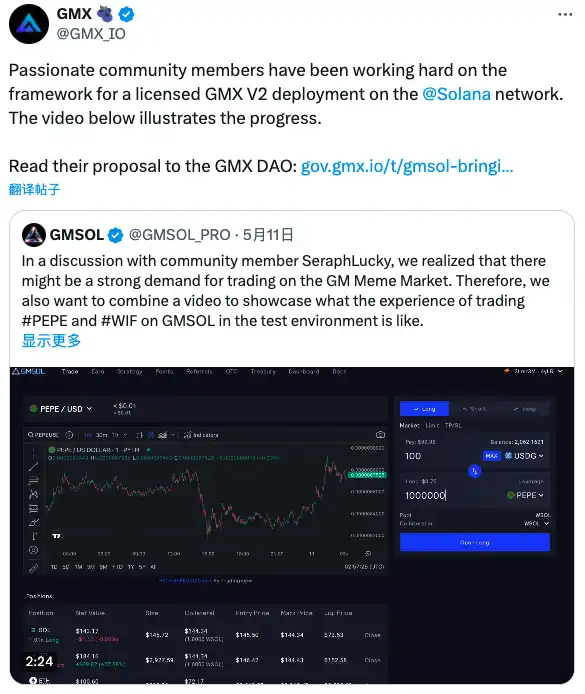Original Title: 《ETH‘s DeFi Scene Eyes Solana》
Author: Bankless
Translation: Lu Dong Xiao Gong, BlockBeats
After the rebirth from the ashes of the FTX/Alameda collapse, Solana has consolidated its position as a top-tier blockchain. In the subsequent community-led revival, the sweat of the Solana native team has driven the wheels of progress. With the stable growth of SOL price and DeFi metrics within its ecosystem, non-native protocols on Solana are also ready to seize this takeoff opportunity.
Solana Native Protocols Pave the Way
SOL soared from a low of $8 in December 2022 to $210 two months ago, making it one of the most notable comeback rallies in this crypto cycle. However, the wealth creation in this ecosystem is not limited to its native token holders.
Developers in the Solana ecosystem have continuously created market highs, starting from the PYTH airdrop in November, which distributed tokens on Solana to addresses interacting with the Pyth oracle on 27 networks (including Ethereum and its L2), marking a turning point that provided direct economic incentives for users from other ecosystems to test Solana.

Shortly after, Solana's native liquid staking protocol, Jito Labs, conducted its own airdrop, rewarding eligible wallets with over 100 points through a simple operation of holding jitoSOL deposit receipts and distributing at least five-figure tokens. The dazzling distribution received by Jito users has turned Solana into the primary destination for airdrop hunting and has promoted the widespread adoption of point-based incentive systems within its own ecosystem, proving to be very successful in attracting users and their funds.
Gradually Changing Landscape
While native protocols have laid the foundation for the mainstream acceptance of Solana in the crypto world, Solana is gradually becoming the "host" for Ethereum developers.
This transition may be slow, but there is no doubt that as more and more projects begin to realize the significant on-chain activities within the Solana ecosystem and eagerly seek to capitalize on this opportunity, the migration from Ethereum to Solana is inevitable.
The decentralized computing sharing network Render has long been fully supportive of the Solana vision and chose to migrate its tokens to the SPL standard in November. Despite MetaMask being generally considered a laggard in improving user experience, it was one of the first Ethereum-native applications to introduce Solana compatibility, launching "Snaps" in September last year, allowing users to directly access applications in the Solana ecosystem from MetaMask. So far, Solflare's Snaps integration with Solana's native wallet has attracted over 500,000 users.

Additionally, there are many native lending markets on Solana, but none have the same level of time-tested security as the blue-chip lending protocol Aave on Ethereum. To leverage its brand as a competitive advantage for Solana, Aave DAO approved a temperature check in January with an 83% approval rate, deploying the minimum viable version of its V3 isolated currency market through Neon EVM, a fully compatible Ethereum development environment on the Solana blockchain.
Last Wednesday, a community-led proposal appeared on the governance forum of GMX, a perpetual contract trading platform in the EVM ecosystem, seeking to establish an independent exchange deployment on Solana called GMSOL. GMSOL will exclusively use GMX tokens for all value measurement and storage, implement a GMX buyback mechanism, and allocate a large portion of fees back to the GMX treasury to establish the GMSOL treasury.
To reap the benefits of this new Solana native deployment, GMX DAO is expected to bear all expenses related to protocol audits and grant a license to replicate and use its front-end code.

Furthermore, there is widespread speculation in the market that two leading Ethereum projects, Ethena and Pendle, will deploy to the Solana ecosystem in the near future, benefiting from the improved crypto market interest rate environment in recent months.
Long-term Trends
Applications serve users, not blockchains. While many blue-chip protocols should have a high standard when considering new deployments, it would be foolish if they did not flow towards users and the environment where activity exists. In the absence of protocols, users will inevitably seek alternatives, putting the dominant market share of existing applications at risk—especially when their chains begin to cede market share to competitors.
Ethereum and Solana have adopted radically different scaling approaches, with the former choosing network sharding to allow everyone to operate validators, while the latter tends to use a single shard unified state. While a greater degree of decentralization at the validator level helps maintain the integrity of the Ethereum network, it certainly has some drawbacks, making Solana's alternative vision highly attractive in some aspects.
Currently, the crypto industry is still in an experimental stage, which means we really don't know what it will look like in 10 years. Just as investors can diversify their portfolios cautiously to reduce risks, applications can also diversify their blockchain deployments to maintain their market share.
Developers striving for maximum success must recognize that the future of finance has no inevitable center, and they should deploy their applications accordingly, whether it's Ethereum, Solana, or even the EVM + SVM of Monad and the regulatory settlement network for bank operations. The crypto industry must bridge a huge gap of uncertainty to move from infancy to maturity, achieve true adoption, and bring trillions of dollars of traditional assets onto the chain.
Until then, application developers who blindly adhere to chain loyalty will lose money and market share at the table.
免责声明:本文章仅代表作者个人观点,不代表本平台的立场和观点。本文章仅供信息分享,不构成对任何人的任何投资建议。用户与作者之间的任何争议,与本平台无关。如网页中刊载的文章或图片涉及侵权,请提供相关的权利证明和身份证明发送邮件到support@aicoin.com,本平台相关工作人员将会进行核查。




